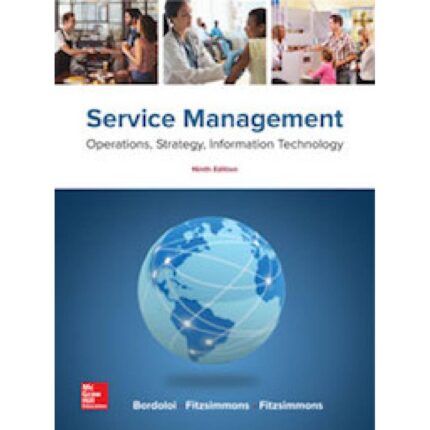chapter11TestBank.docx, Chapter 11, Knowledge Management, Business Intelligence, and Analytics
Multiple Choice
1. Knowledge management is the process that generates, captures, codifies and __________ knowledge across an organization in order to achieve a competitive advantage.
a) Analyzes
b) Transfers
c) Applies
d) Limits
e) Saves
Ans: b (Medium)
Response: See page 327.
2. An organization’s only sustainable competitive advantage lies in:
a) The data warehouse.
b) The creation of unrealistic expectations.
c) The employees’ knowledge and how they apply that knowledge to business problems.
d) The use of business intelligence.
e) The business processes.
Ans: c (Hard)
Response: See page 327.
3. This allows individuals to own their creativity and innovation in a way similar to owning physical property.
a) Intellectual property
b) Open source license agreement
c) Economies of scale
d) Intellectual capital
e) Patents
Ans: a (Medium)
Response: See page 328.
4. Business analytics fuel ________ decision making.
a) social
b) fact-based
c) profit-driven
d) intuition-based
e) top-down
Ans: b (Hard)
Response: See page 337.
5. Unlike other baseball teams at the time, the Oakland A’s used this to manage the team and carry themselves to the playoffs.
a) Players with lots of determination
b) Young players with the willingness to play
c) Factual data
d) High player salaries
e) High batting averages
Ans: c (Medium)
Response: See page 337.
6. Knowledge that has been identified, captured, and leveraged to produce higher-value goods or services or some other competitive advantage for the firm is called:
a) Information
b) Intellectual capital
c) Competitive advantage data
d) Business intelligence
e) System data
Ans: b (Medium)
Response: See page 328.
7. All of the following are main processes of knowledge management EXCEPT:
a) The generation of knowledge
b) The capturing of knowledge
c) The absorption of knowledge
d) The codification of knowledge
e) The transfer of knowledge
Ans: c (Medium)
Response: See page 335.
8. These are collections of data designed to support management decision making, and sometimes serve as repositories of organizational knowledge.
a) Data-marts
b) Data containers
c) Data warehouses
d) Data storage centers
e) RAID
Ans: c (Medium)
Response: See page 339.
9. ________________ is hard to structure, hard to transfer, and highly personal to the source.
a) Data
b) Tacit knowledge
c) Implicit knowledge
d) Explicit knowledge
e) Information
Ans: b (Medium)
Response: See page 333.
10. IT is traditionally focused on _________________________.
a) data
b) tacit knowledge
c) implicit knowledge
d) explicit knowledge
e) information
Ans: d (Medium)
Response: See page 334.













Reviews
There are no reviews yet.